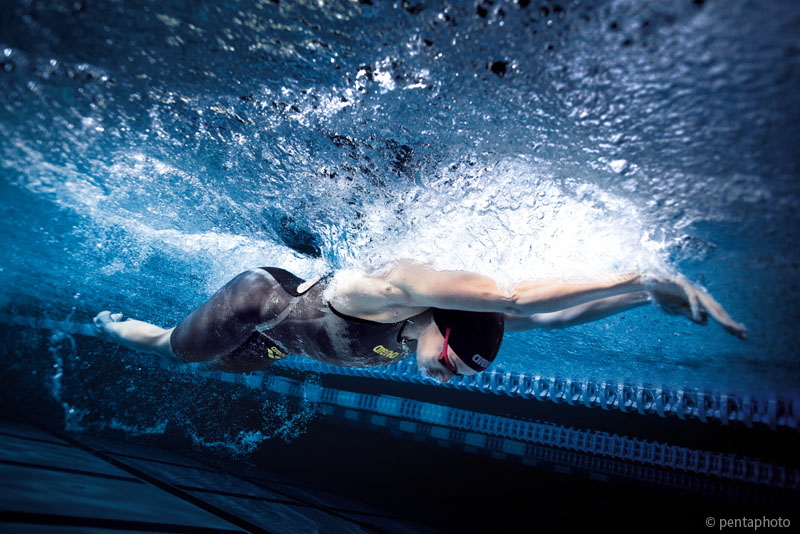During exercise, your heart rate may suggest the direction you should take, but are you really sure that it is the right one? Why? Whatever your answer, stay with us for 90 seconds.
Welcome to the 100% evidence-based “90-second sports science lab”, brought to you by the world’s top experts!
BASIC LEVEL
During your training workout, you can follow your heart rate (HR) fluctuation. What happens in reality is the basic knowledge you need to understand what is actually going on.
HR reflects individual parameters, such as age, sex, health and training status. It can also be affected by others factors, such as climate, hydration, humidity, recovery, mood and so on.
The key values to use when determining the individual HR are:
- HR at rest
- HR pre-exercise
- Maximum HR
Although there are simple formulae that can determine the maximum HR, these simply offer an indicator in reality. Put another way, two people with the same age and sex can have huge differences in HR pre-, during and post- exercise.
INTERMEDIATE LEVEL
Training yourself to understand what is meant by HR can be useful. Without an individualized check-up, however, what you think is right may be lower than the training stimulus you need or too much for your training goals.
The level of HR is likely to increase following training intensity, which is not related to speed, while achieve the maximum HR does not necessarily reflect the maximum speed, let alone that you have reached the end of the race.
After specific tests, you should be able to determine your HR recovery and maximum. These values will change whatever sport you practise because HR is sport-specific. For instance, it could be 180 beats in cycling, 190 beats in running and 170 beats in swimming. In other words, there may be a huge difference in HR that could compromise your training.
ADVANCED LEVEL
Training while on aerobic or anaerobic programmes can lead to significantly variable differences in the physiology of the heart, as well the HR.
An endurance athlete has a much larger left ventricular and a very low HR recovery; this phenomenon is commonly referred to as an “athlete’s heart”. Conversely, a sprinter or power athlete has a thick left ventricular with a high capacity to pump the blood at a faster rate.
Although HR is key, you have to think as an expert and follow the evidence.
Otherwise, your training simply becomes a “numbers game”. But, remember, winning a competition is not a lottery.
Discover more at http://www.sportsciencelab.uk/
—————
